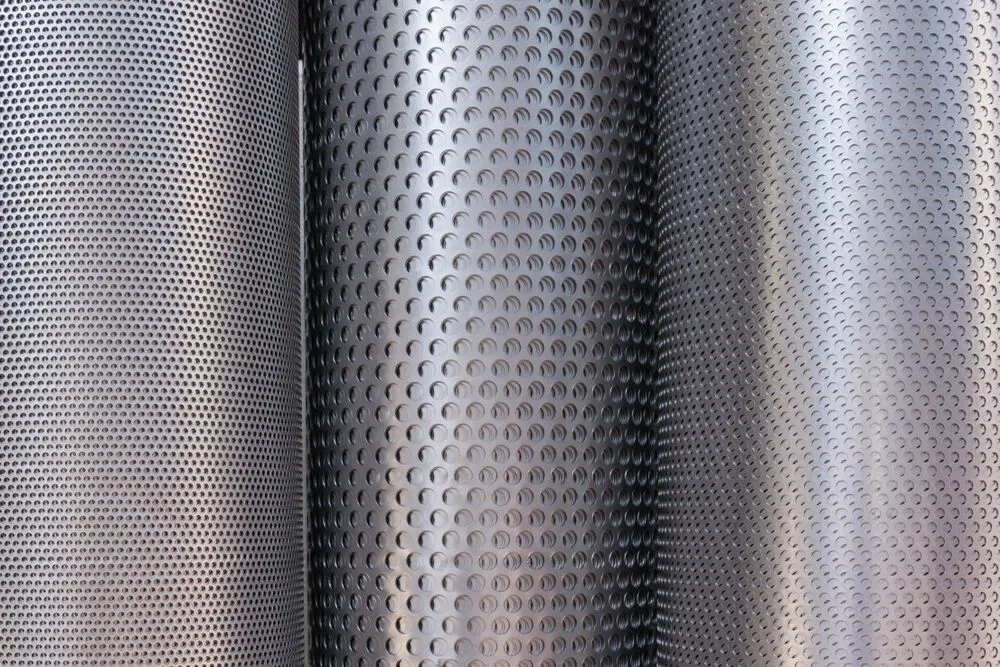Temporary Tree Protection Fencing A Vital Tool for Environmental Conservation
In an era where environmental conservation is paramount, the significance of protecting our natural resources cannot be overstated. Among the various measures used to safeguard the ecosystem, temporary tree protection fencing has emerged as an essential tool, particularly in construction and landscaping projects. This article explores the purpose, benefits, and best practices for implementing temporary tree protection fencing.
Purpose of Temporary Tree Protection Fencing
The primary purpose of temporary tree protection fencing is to safeguard trees during construction activities. Trees, especially mature ones, play a vital role in our environment by providing oxygen, improving air quality, conserving water, and serving as habitat for numerous species. When construction work occurs near trees, there is a risk of physical damage to the root systems and the tree canopy. Temporary fencing acts as a barrier to prevent machinery, materials, and people from encroaching on the critical root zone of the trees, ensuring their survival and health during and after construction.
Additionally, temporary tree protection fencing serves as a visual cue to all workers and visitors on-site, signaling the importance of the surrounding natural environment and encouraging conscientious behavior around these valuable assets.
Benefits of Temporary Tree Protection Fencing
1. Root Protection One of the most significant benefits of temporary fencing is protecting the root systems of trees. Roots extend far beyond the visible tree canopy, and disturbance can lead to stress and decline in tree health. By keeping activities and equipment away from the critical root zone, the integrity of the tree is preserved.
2. Erosion Control Trees play a critical role in preventing soil erosion. By protecting the root systems, temporary fencing helps maintain soil structure and stability, further mitigating the risk of erosion during construction.
3. Cost-Effective Conservation Protecting existing trees is not only environmentally responsible but also cost-effective. Mature trees can take decades to grow, and removing them can lead to expensive landscaping projects to replace them. Investing in temporary protection measures is an economical choice that pays off in the long run.
temporary tree protection fencing

4. Compliance with Regulations Many municipalities have regulations in place that require the protection of trees during construction. Implementing temporary tree protection fencing helps ensure compliance with these laws, avoiding potential fines and legal issues.
Best Practices for Implementation
To ensure the effectiveness of temporary tree protection fencing, several best practices should be followed
1. Proper Placement Fencing should be installed at a distance that encompasses the tree's critical root zone, typically a radius of one foot for every inch of trunk diameter. This distance varies depending on the tree species and site conditions, so careful evaluation is necessary.
2. Durable Materials The fencing material should be sturdy enough to withstand site activities. Common materials include chain-link fencing or strong plastic mesh. The fencing should be at least 4-6 feet high to discourage entry.
3. Clear Signage Clearly marking the fenced area with signs that indicate “Tree Protection Zone” can help to inform workers of the importance of the area and discourage unauthorized access.
4. Regular Inspections Routine checks should be conducted to ensure the fencing remains intact and effective throughout the duration of the construction project. Any damage should be repaired promptly to maintain the protective barrier.
In conclusion, temporary tree protection fencing is an indispensable practice in preserving our invaluable trees during construction activities. Its implementation not only safeguards the environment but also promotes sustainable development practices. By prioritizing tree protection, we can ensure that future generations inherit a healthier and more vibrant planet.
-
The Best Metal Mesh Solutions: Expanded Aluminum Metal vs. Expanded Stainless Steel Metal
NewsSep.10,2024
-
Round Perforated Sheets vs. Hexagonal Perforated Sheets vs. Embossed Perforated Sheet Metal
NewsSep.10,2024
-
Perforated Metal Sheets
NewsSep.10,2024
-
Experience The Excellence Of Stainless Steel Grating
NewsSep.10,2024
-
Discover the Versatility Of Metal Mesh Expanded Forming Machines
NewsSep.10,2024
-
Discover The Advantages Of Steel Grating For Sale
NewsSep.10,2024
Subscribe now!
Stay up to date with the latest on Fry Steeland industry news.

